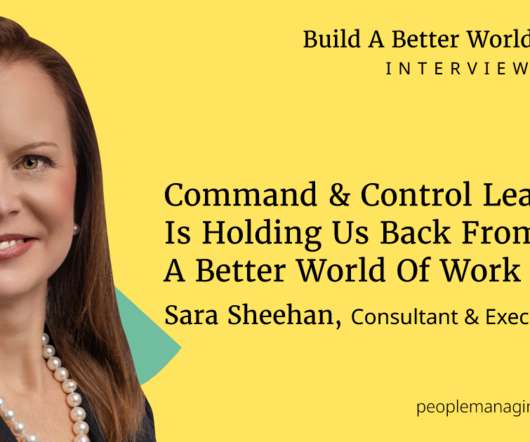HR Digital Transformation: An HR Leader’s Guide
AIHR
AUGUST 2, 2024
This is why it’s no surprise that HR digital transformation has become an evergreen hot topic in the field of Human Resources. Let’s take a look at HR digital transformation through the lens of the current HR and technology landscape and how you can successfully navigate it. Contents What is HR digital transformation?























































Let's personalize your content